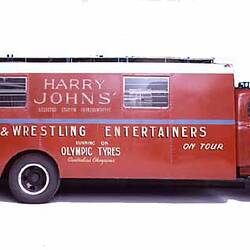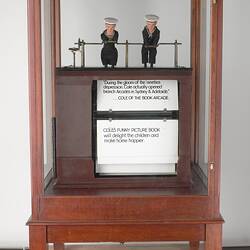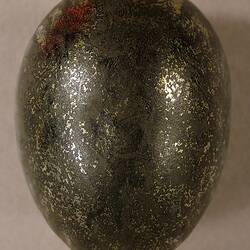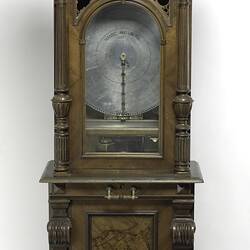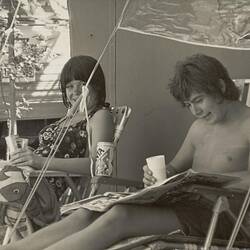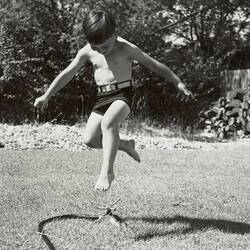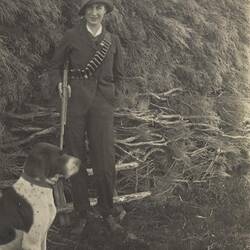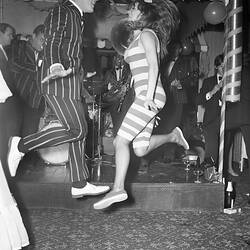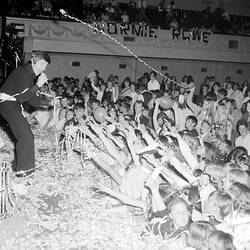The Leisure Collection is comprised of over 10,000 artefacts that explore the leisure and recreational activities that people have pursued in Victoria since European settlement.
The Leisure Collection is focused on activities which people pursue in their free time, and emphasises popular, amateur and everyday leisure activities, rather than elite, professional activities. The Collection represents the following aspects of leisure:
Participation in and spectatorship of a range of sports and physical pursuits including football, trugo, boxing, cycling, cricket, horse-racing, swimming and lawn bowls.
Visiting places and enjoying events such as agricultural shows, circuses, zoos, botanic gardens, fetes, carnivals, the Olympic and Commonwealth Games, Luna Park and the Moomba Festival.
Involvement in a myriad of hobbies and pastimes as diverse as practicing photography; playing and listening to music; dancing; eating and drinking; playing with toys, board games and puzzles; playing computer games; collecting; watching films, television, puppet shows and theatre; looking at optical toys; sewing; gardening; shopping; picnicking; camping; fishing; hunting; boating; motoring; and travelling.
Artefacts in the Leisure Collection include about 2,000 documents, over 6,000 images, almost 1,000 audio-visual recordings and over 4,000 objects. The objects range from small personal items such as swimming costumes, board games, fishing rods, jigsaw puzzles, cameras and show bags, to large objects such as cars and a caravan.
Significant items include:
- 56 toys made from Max Mint wrappers by a woman for her grandchildren, 1929-35.
- The iconic Harry Johns Boxing Truck, from the travelling boxing show which roamed eastern Australia, 1950-75.
- 276 items associated with racehorse Phar Lap's racing career and subsequent memorialisation.
- 216 items associated with Fitzroy's Black Cat Café, 1982-2001.
- 141 puppets and associated items from Melbourne's Le Forgeron puppet theatre, 1920s-1956.
- Ephemera and objects relating to both sportspeople and spectators at the 1956 Melbourne Olympics.
- Little Men, mechanical hen and tokens from Cole's Book Arcade.
- Skyline caravan, 1957.
- Tourist brochures produced by state tourist bureaus and travel companies, 1920s-1970s.
- Bay paddle steamer models, 1880s-1920s.
- Image collections with representations of leisure activities, 1880s-1960s, especially in the Biggest Family Album, Laurie Richards and State Electricity Commission collections.
- Australian Children's Folklore Collection: archive, artefacts and oral histories documenting children's games and playlore, 1940s-present.
More Information
-
Keywords
-
Localities
-
Authors
-
Article types
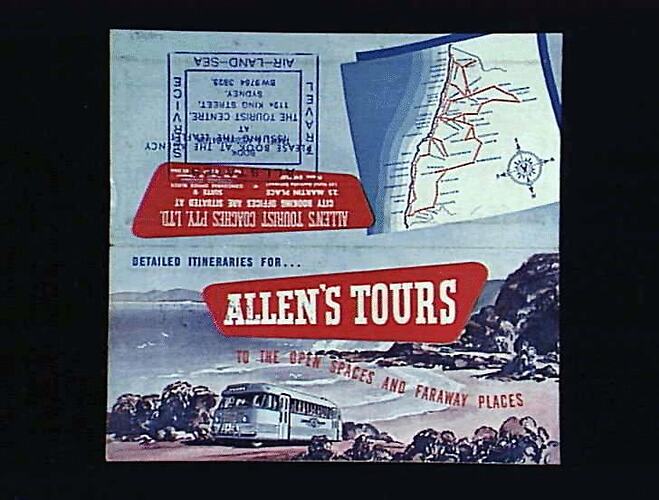

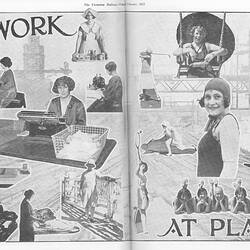




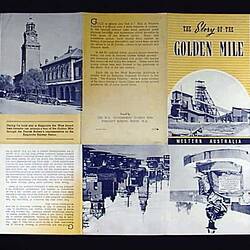

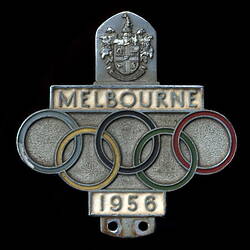
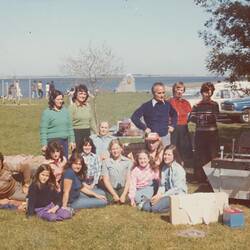
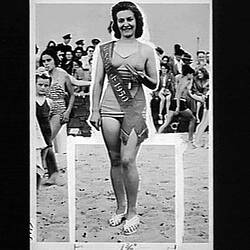


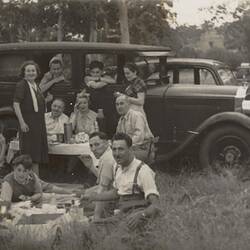
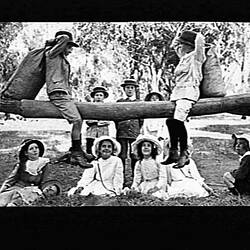
![[Lilian Louisa Pitts (left) photographs herself having a picnic with friends, Point Lonsdale, 1914.]](/content/media/1/152451-thumbnail.jpg)
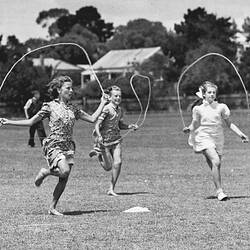
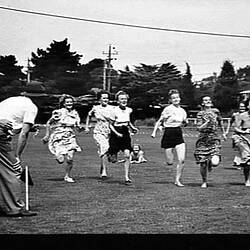
![[Mrs Widgery and Mrs Dyke on a picnic with their children and De Dion Bouton motor car, Lake Burrumbeet, about 1920.]](/content/media/21/153971-thumbnail.jpg)

